Chilcot report: A timeline of the Iraq War and the disasters that ensued
Every key event from 11 September 2001 to the publication of the Chilcot Inquiry this week
Your support helps us to tell the story
From reproductive rights to climate change to Big Tech, The Independent is on the ground when the story is developing. Whether it's investigating the financials of Elon Musk's pro-Trump PAC or producing our latest documentary, 'The A Word', which shines a light on the American women fighting for reproductive rights, we know how important it is to parse out the facts from the messaging.
At such a critical moment in US history, we need reporters on the ground. Your donation allows us to keep sending journalists to speak to both sides of the story.
The Independent is trusted by Americans across the entire political spectrum. And unlike many other quality news outlets, we choose not to lock Americans out of our reporting and analysis with paywalls. We believe quality journalism should be available to everyone, paid for by those who can afford it.
Your support makes all the difference.11 September 2001
Terrorists belonging to al-Qaeda use hijacked aeroplanes to kill 2,996 people in attacks on the east coast of the US.
12 September 2001
Tony Blair promises George W Bush that the UK will support the US, whatever the President decides to do.
14 September 2001
Congress authorises President Bush to use all “necessary and appropriate force” against terrorists.
7 October 2001
A US-led coalition begins its aerial attacks on Afghanistan. By the time combat operations come to a formal end on 28 December, the Taliban has been overthrown; but Osama bin Laden remains at large.
25 March 2002
Jack Straw, Foreign Secretary, warns Blair that invading Iraq would be legally dubious.
4 April 2002
An MI6 briefing appears to convince Blair that the WMD threat from Libya is far more serious than that from Iraq.
6 April 2002
Tony Blair visits President Bush at his ranch in Crawford, Texas. Some witnesses report that, following a private meeting between the two, Blair's stance on Iraq “tightened”; but Blair himself has disputed claims that he gave an “undertaking in blood” to go to war in Iraq.
7 April 2002
Blair explicitly mentions the possibility of “regime change” in a speech.
May 2002
General Tommy Franks, commander of US forces, tells Air Chief Marshal Sir Brian Burridge that he hopes the UK would be “alongside” the US in attacking Iraq.
June 2002
Tony Blair asks defence officials to outline options for UK participation in military action against Iraq.
16 July 2002
Blair tells MP “no decisions... have been taken about military action.”
23 July 2002
Senior members of the government meet with senior defence and intelligence figures to discuss the build-up to war. A note of the meeting, known as the “Downing Street memo”, was later published, appearing to confirm that military action was now considered inevitable.
24 September 2002
The government publishes a dossier about the threat from Iraq's weapons of mass destruction. A foreword by Tony Blair states that Saddam Hussein's “military planning allows for some of the WMD to be ready within 45 minutes of an order to use them”. It is subsequently alleged that this dossier was “sexed up” for political reasons.
2 October 2002
Congress authorises President Bush to use military force against Iraq.
8 November 2002
UN Security Council passes resolution 1441, insisting that weapons inspectors be allowed back into Iraq and calling on the regime to give up its WMD or face the consequences.
18 November 2002
UN weapons inspectors arrive in Baghdad.
7 December 2002
Iraqi officials present the UN with a 12,000-page dossier, supposedly disclosing all details of Iraq's WMD programmes; the White House insists that it is insufficient.
24 January 2003
Sir Michael Wood, legal adviser at the Foreign Office, writes to the Foreign Secretary, Jack Straw, to warn that “to use force without Security Council authority would amount to the crime of aggression”. Mr Straw replied that he “noted” Sir Michael's advice but did “not accept it”.
30 January 2003
Lord Goldsmith, Attorney General, writes to the Prime Minister to reiterate his view “that the correct legal interpretation of resolution 1441 is that it does not authorise the use of military force without a further determination by the Security Council”. The Government publishes a fresh dossier on Iraq's secret weapons programmes. Within a week, this has been exposed as a “dodgy” dossier, much of it copied from the internet.
5 February 2003
US Secretary of State Colin Powell makes an audiovisual presentation at the UN in the hope of persuading the world that Iraq is in breach of its obligations on WMD.
15 February 2003
More than a million people demonstrate in London and other cities against the proposed invasion of Iraq.
7 March 2003
In a secret memo to the Prime Minister, Lord Goldsmith restates his concern that UN resolution 1441 is insufficient to justify an attack on Iraq.
17 March 2003
Robin Cook, Leader of the Commons and former Foreign Secretary, resigns in protest at the Government's plans to invade Iraq with “neither international authority nor domestic support”. Lord Goldsmith issues revised legal advice, to the effect that UN resolution 1441 provides sufficient legal justification for military action.
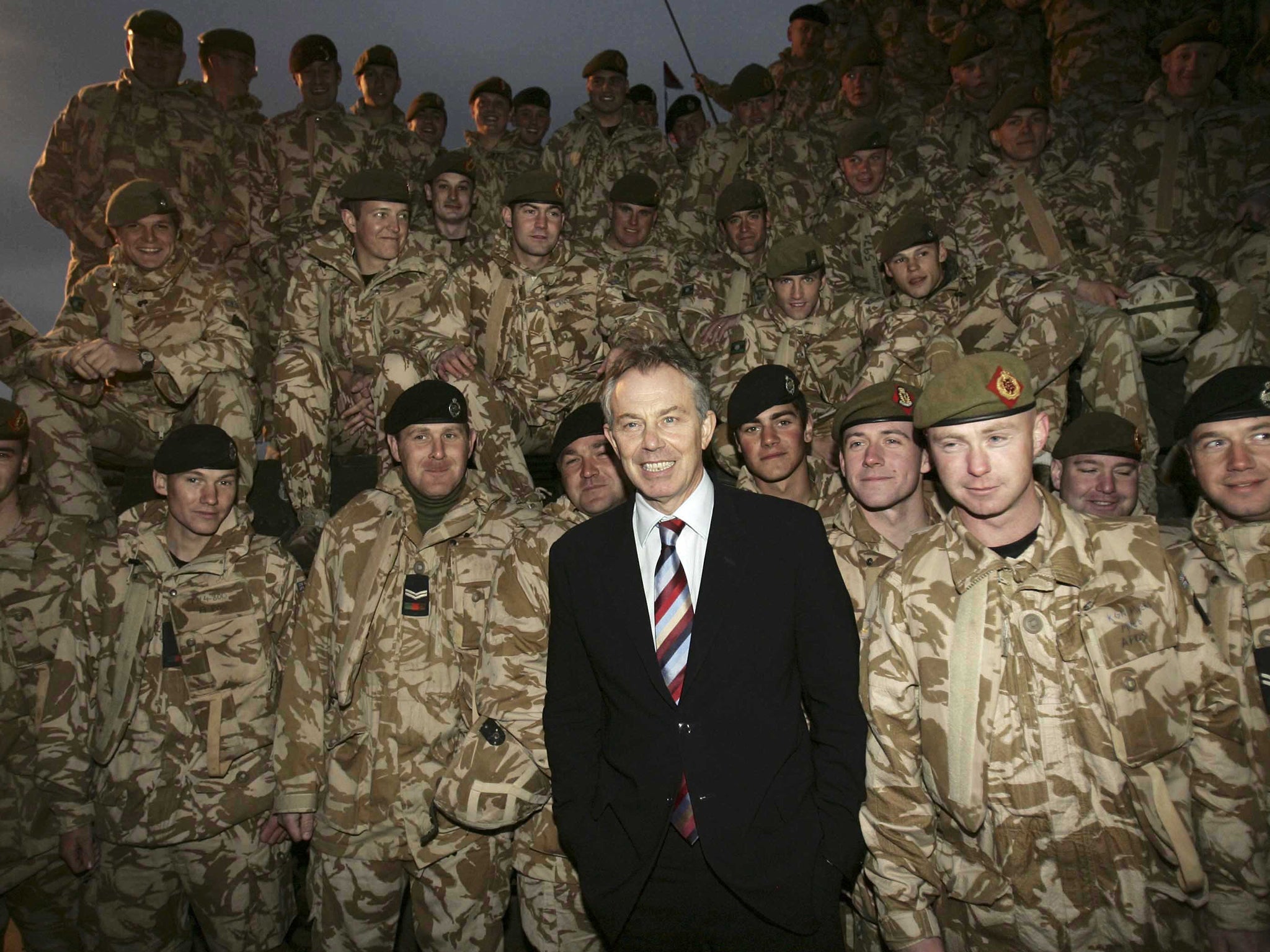
18 March 2003
In a televised address, President Bush gives Saddam Hussein 48 hours to leave Iraq. The UN's weapons inspectors leave Baghdad. Two Government ministers, John Denham and Lord Hunt, resign. The Commons votes by 412 to 149 to support an invasion, despite a rebellion by 139 Labour MPs.
20 March 2003
At 2:30am, the first US air strikes signal the start of the invasion. Elizabeth Wilmshurst, deputy legal adviser at the Foreign Office, resigns.
9 April 2003
Saddam Hussein's statue is overthrown in Baghdad
1 May 2003
President Bush, addressing troops on board USS Abraham Lincoln, declares the West's mission accomplished, saying that “major combat operations in Iraq have ended”.
12 May 2003
Paul Bremer becomes Administrator of the Coalition Provisional Authority in Iraq.
23 May 2003
Paul Bremer dissolves the Iraqi army, along with other key elements of the Baathist state.
2 June 2003
In a BBC interview, former International Development Secretary Clare Short accuses Tony Blair of having misled the Cabinet on the eve of war.
13 July 2003
Iraqi Governing Council established.
18 July 2003
David Kelly, an expert in biological warfare, is found dead after being named as the source of quotations used by the BBC's Andrew Gilligan to suggest that the dossier of September 2002 had been “sexed up”. Lord Hutton is appointed to chair a judicial inquiry into his death.
3 September 2003
New Iraqi government established.
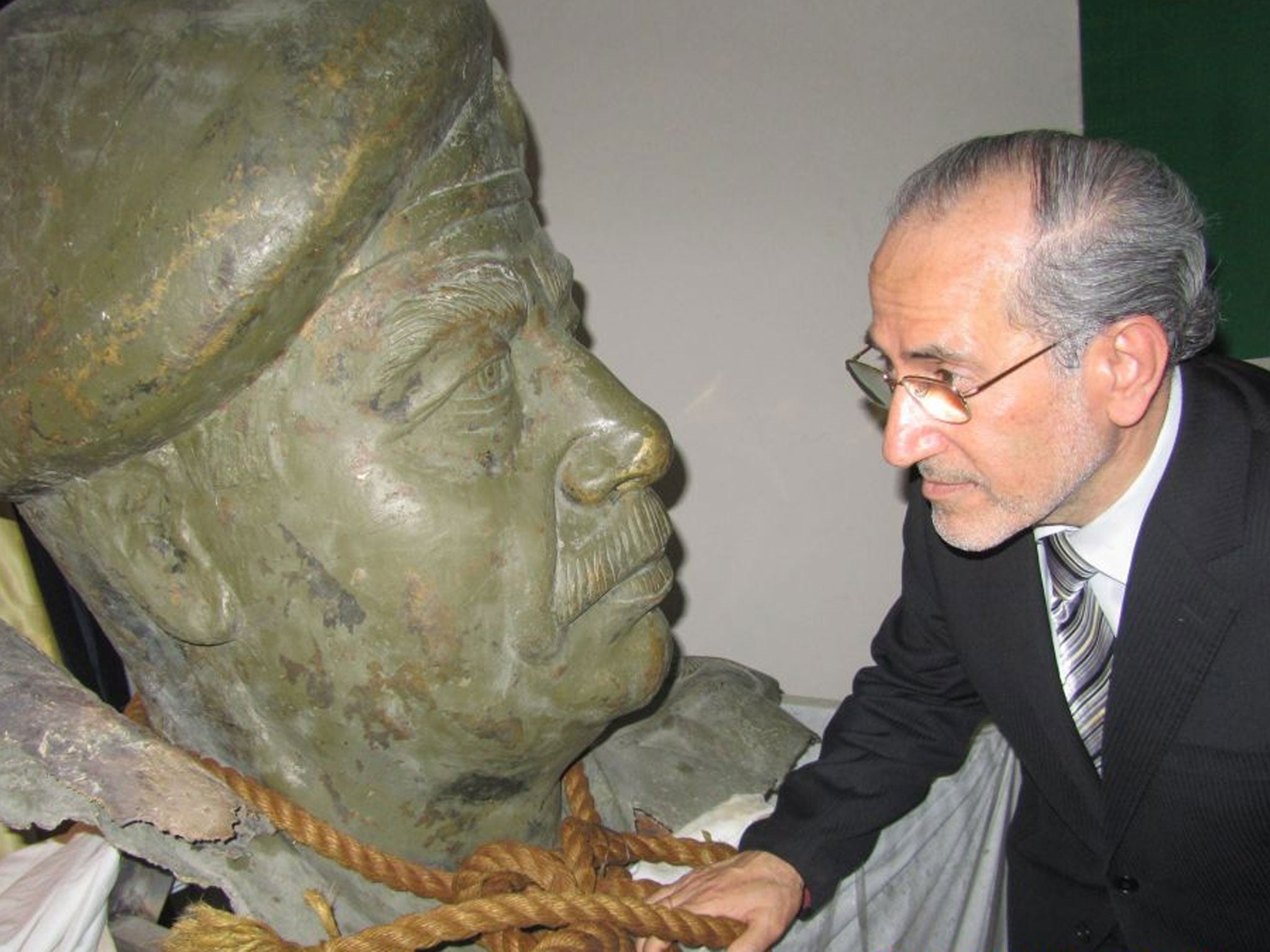
2 October 2003
Report of Iraq Survey Group reveals absence of evidence of WMD in Iraq.
13 December 2003
Saddam Hussein is captured near Tikrit, after nine months in hiding.
28 January 2004
The report of the Hutton Inquiry is published.
3 February 2004
Lord Butler is appointed to chair an official review of the intelligence on WMD on which the British government reportedly based its decision to take part in the invasion of Iraq.
2 March 2004
Bombings in Baghdad and Karbala kill nearly 200 people: the worst attacks since the fall of Saddam.
28 April 2004
A CBS report brings photographic evidence of the abuse of prisoners by US forces in Baghdad's Abu Ghraib prison to worldwide attention.
8 June 2004
UN transfers sovereignty from the Coalition Provisional Authority to the Iraqi Interim Government.
14 July 2004
The Butler Review is published. Its conclusion is that some of the intelligence used to justify attacking Iraq was unreliable and that “more weight was placed on the intelligence than it could bear”.
November 2004
More than 1,350 insurgents are killed when the US uses overwhelming force to recapture the rebel-held city of Fallujah.
14 September 2005
Bombs in Baghdad kill 160 people and injure more than 500.
15 October 2005
Iraq's new constitution is approved in a referendum.
15 December 2005
Iraq's first post-Saddam parliamentary election.
30 December 2005
Saddam Hussein is executed.
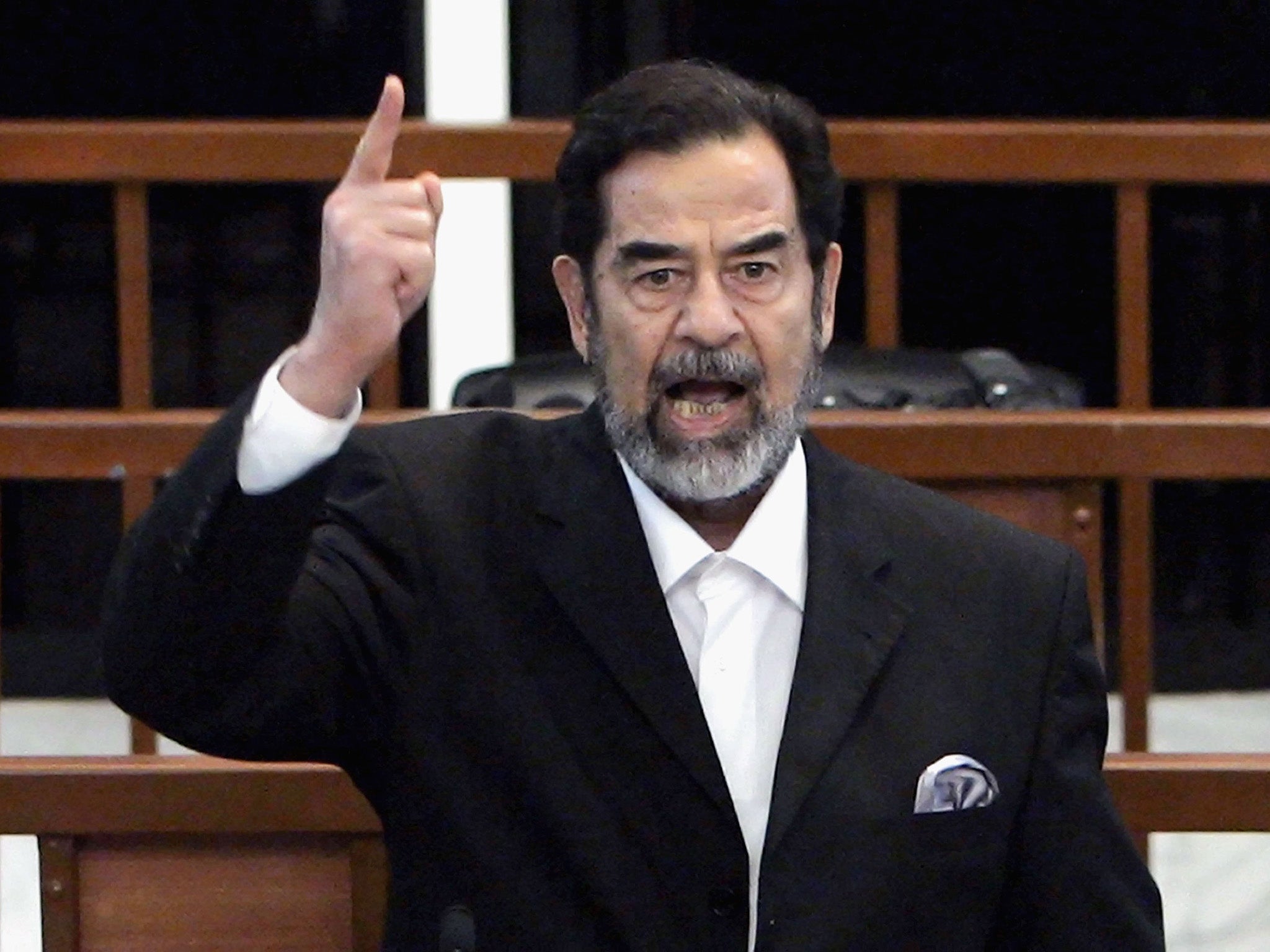
20 May 2006
New Iraqi government succeeds transitional government.
10 January 2007
In the face of insurrection, the US announces a “surge” of 20,000 extra troops to increase security in Baghdad.
28 May 2009
The last British combat troops leave Iraq.
15 June 2009
Gordon Brown, Tony Blair's successor as Prime Minister, announces that an inquiry will be set up, under Sir John Chilcot, to “learn the lessons” of the conflict.
24 November 2009
The Chilcot inquiry holds its first public hearing.
7 March 2010
Inconclusive parliamentary elections result in the formation of a government in which Nouri al-Maliki continues as Prime Minister.
January 2011
In Syria, protests begin against the Assad regime; the civil war to follow will destabilise the entire region, including Iraq.
2 February 2011
The Chilcot inquiry holds its final public hearing.
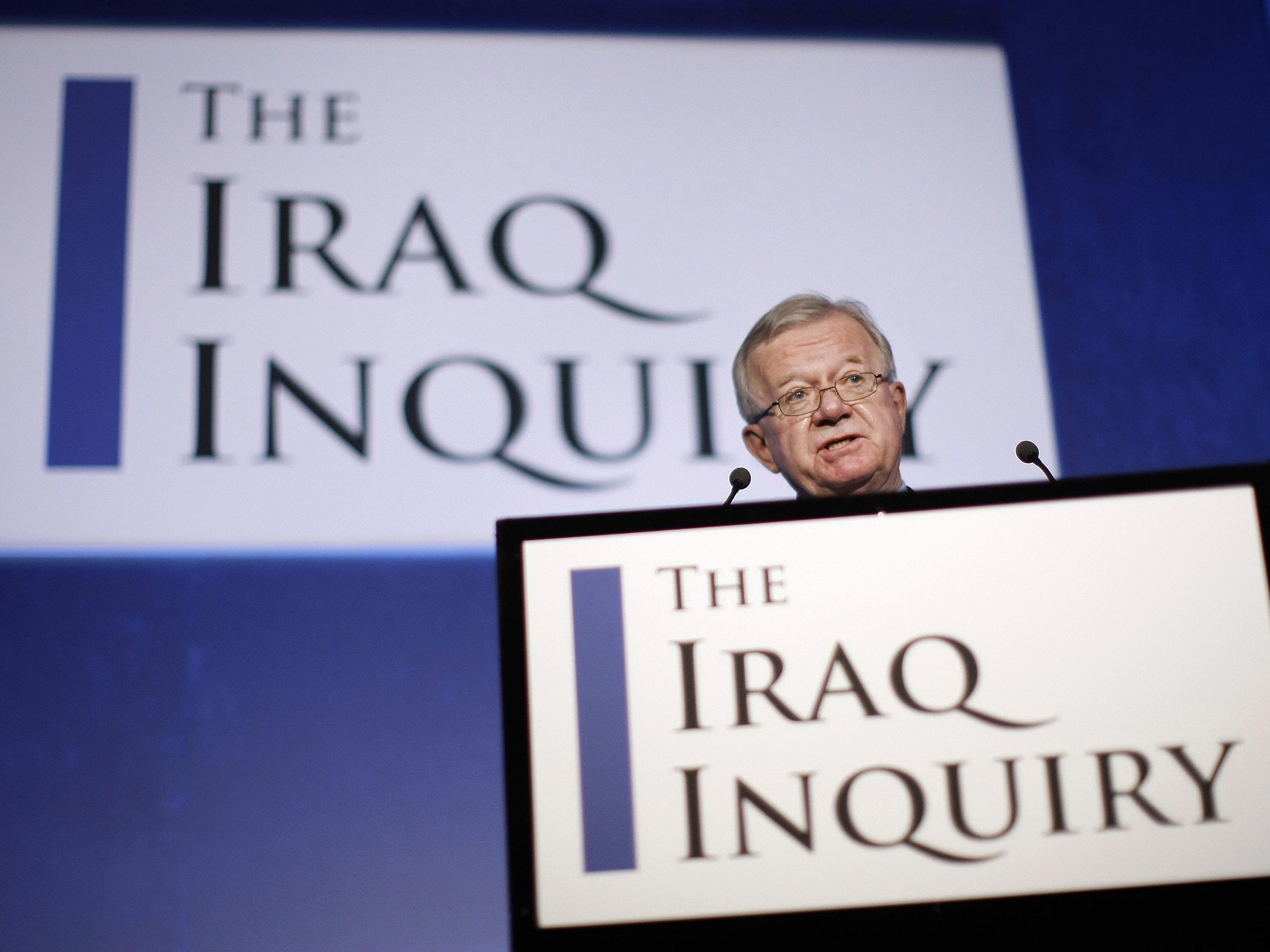
12 May 2011
Sir John Chilcot says that his report will be published, at the earliest, in the autumn of 2011.
16 November 2011
The Chilcot inquiry announces that it cannot publish report before summer 2012 if it is to “do justice” to the complexities involved.
18 December 2011
The last US troops leave Iraq, after nearly nine years of combat that cost 4,488 US lives and left 32,226 soldiers injured.
16 July 2012
Sir John Chilcot says that he cannot report before mid-2013.
6 November 2013
The Chilcot inquiry announces that it cannot proceed with its work due to an impasse over the release of key documents (including exchanges between Blair and Bush).
29 May 2014
The Chilcot inquiry says that it will publish the “gist” of exchanges between Blair and Bush, but that full transcripts will remain secret.
10 June 2014
The extremist group known as Isis captures Mosul, along with large swathes of northern and western Iraq.
29 June 2014
Abu Bakr al-Baghdadi, leader of Isis, declares a new “caliphate” over 250,000sq km of Iraq and Syria.
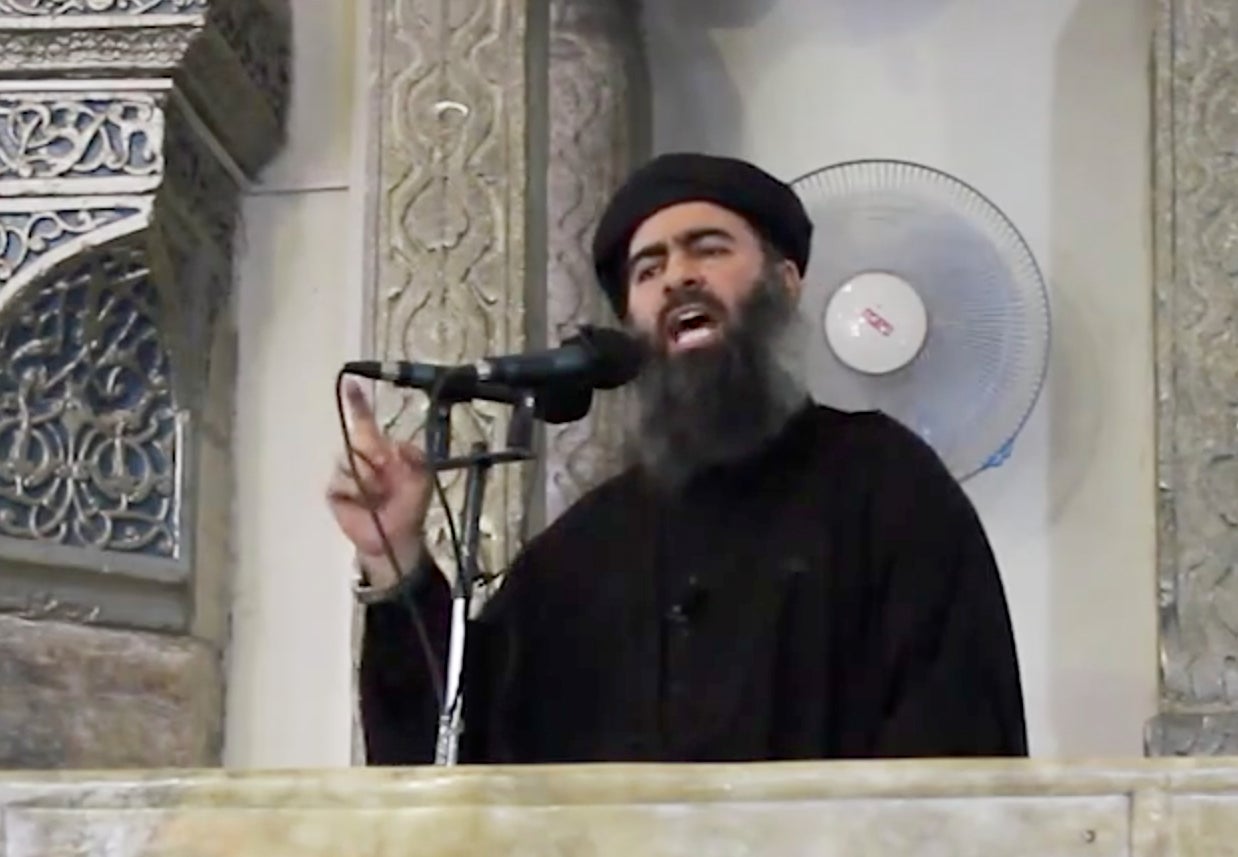
16 October 2014
William Hague and David Cameron say they hope the report will be published before the 2015 general election.
21 January 2015
Sir John Chilcot confirms that his report will not be published before the general election in May 2015.
6 July 2016
The Chilcot report is published after seven years.

Join our commenting forum
Join thought-provoking conversations, follow other Independent readers and see their replies
Comments